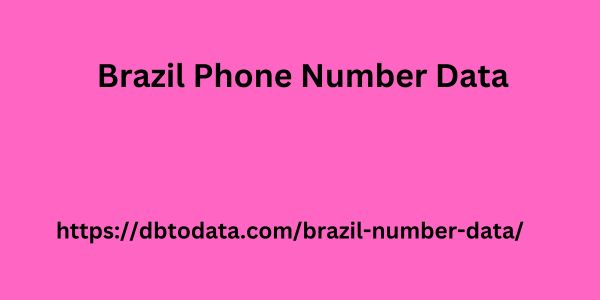Post by account_disabled on Mar 12, 2024 3:31:06 GMT
As you already know what scientific methodology is, how about learning how the structure works in a Course Conclusion Paper ? Most of the time, it will be located in the introduction , starting the development of the study and explaining how the research worked. -> Your guide to writing scientific methodology. However, it is also important to dedicate a chapter to describing it and contextualizing the reader on how each applied characteristic works. In this case, start the methodology chapter with a general overview of the subject and, throughout the text, thoroughly explain each topic and the reasons why they were chosen. Oh, don't forget to choose quotes from authors who talk about the topic, justifying the selection of the fundamentals. Download scientific work models The time has come to write Understanding what scientific methodology is is essential to facilitate the development of your work. After this text, I think you're ready to pull some strings and start the material, right? To help you even more during construction, we have content focused on another very common problem among students: the ABNT standar.
Check out the video below! When you finish your work, count on Even3 Publicações to share it with more than a million people. Click the button and learn more about our platform! Generally, it will be chosen for master's and doctoral theses. Sometimes, we characterize research as having more than one objective, so it is common to see TCCs defined as descriptive and exploratory , for example. 3. Approach The approach is part of the scientific methodology that shows how to treat the information that will be collected . For example, if you carried out a survey using a form Brazil Phone Number Data with X number of people, you can collect the information using a qualitative method , that is, one that analyzes the data subjectively . On the other hand, quantitative is one that is based on numerical, mathematical or statistical elements, that is, an objective analysis . Oh, and remember that it can also be classified as qualitative-quantitative . Thus, one part is analyzed qualitatively and the other quantitatively.

In this case, you can develop a questionnaire with closed questions (multiple choice) and open questions (letting the person answer freely). And how to choose? It all depends on your goal! Therefore, this will be defined in your research and with the help of a faculty advisor, but I can give you an example: Let's say you are researching the impact of artificial intelligence on a medium. To understand the effect of something, you can use qualitative to study how people reacted to the phenomenon, and quantitative to prove whether or not there was growth in that factor within the study. Did you understand? 4. Method Perhaps this is the most difficult point when defining what the scientific methodology of your work will be, but let's explain it to you, ok? The method is the reasoning used in the face of the phenomena of that research. What happens is that it is very diverse and changes according to the object of study of each research, going through updates and the creation of new methods by other researchers. Therefore, I will only tell you about the most common ones, which are: the inductive , the dialectical and the hypothetico-deductive.

